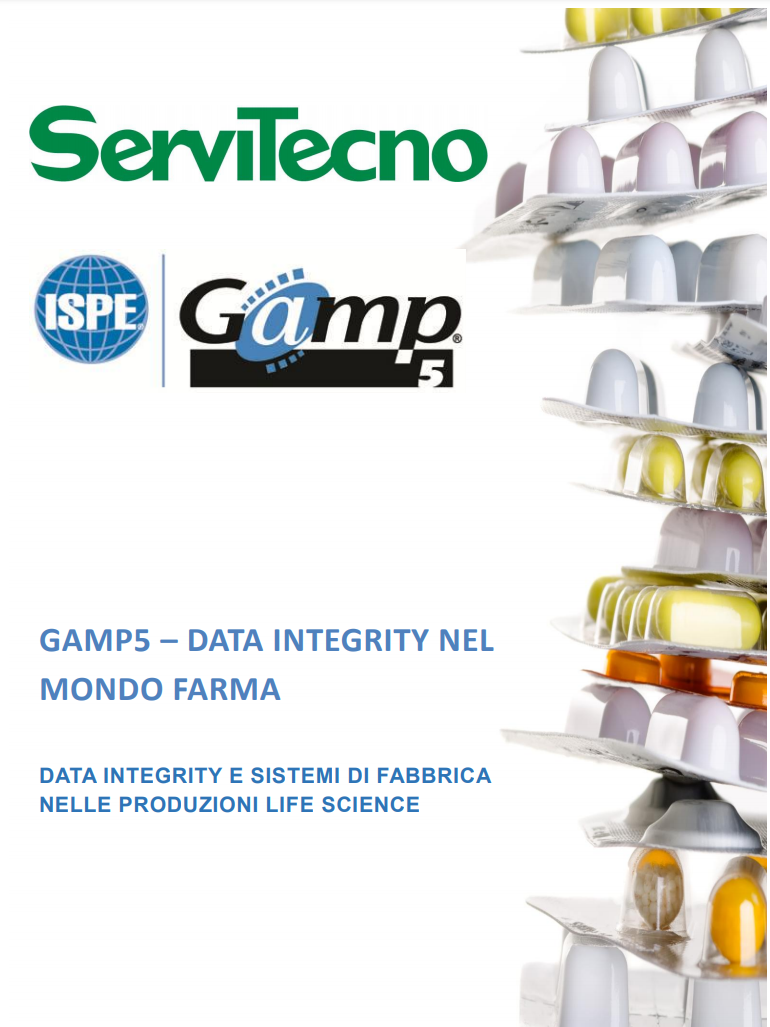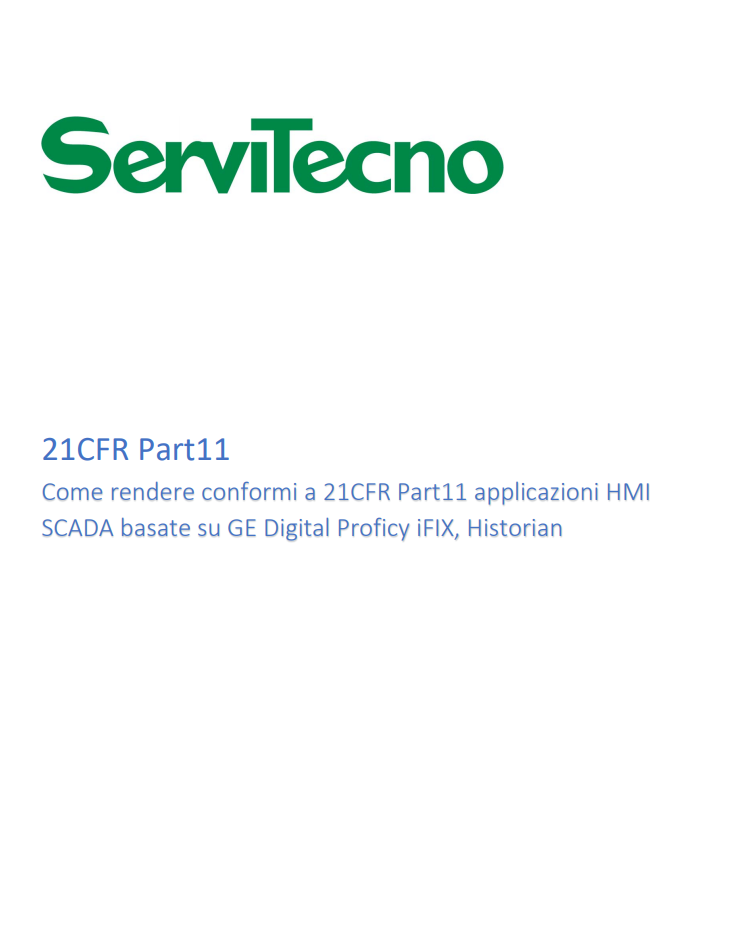Anyone who develops, installs, and uses computerized systems in drug manufacturing knows this well: Systems in life science factories must be validated.
Validation is not a "sticker" or a "certificate" that can be purchased together with the machine or the system: validation is the result of an activity to be carried out in parallel with the design, development, installation and maintenance of the system. Everyone agrees that validation is an integral part of the SDLC System Development Life Cycle, where the final responsibility lies with the user of the pharmaceutical machine and the system that manages it.

Shared guidelines for system validation in pharmaceutical manufacturing they come from GAMP, But the regulations who persist in the sector they come from regulatory bodies such as FDA, EMA, MHRA, AIFA etc.
So here's what acronyms like 21CFR11, Annex11, etc. they must be known by those who develop applications for Life Sciences, and more particularly the documents and the concepts they contain must be known.
ServiTecno has always distributed and supported software products in Italy HMI/SCADA iFix ed historian di GE-Digital: they are products with a large installed base in the Life Science industry (pharma, biotech, medical devices, nutraceuticals, etc.) and are also currently used by many manufacturers of machinery and plants for this industrial sector.
Such software packages are considered COTS software (Configurable Off-The Shelf) and as such are included in the category 4 of Gamp5, that is, they enjoy areduced attention for system validation purposes: which implies the need to carry out a qualification of the hardware and software infrastructure where the HMI/SCADA software is to be installed on the machine/plant, as well as of course a detailed IQ (Installation Qualification) protocol/report and detailed documentation of the configuration with related back-up tests. At most, an audit may be foreseen for those who developed the COTS software and a verification of its test, release and version control plans. Everything is then to be placed under Change Control Management procedures.

The application developed by the machinery manufacturer or by the System Integrator in charge will be considered in Category 5 of Gamp5, i.e. as "custom/bespoke software" and as such must be documented and tested during the validation of the plant.
All the versions of iFix and Historian that have followed one another over time have always maintained compatibility for applications in the event of migrations that may have become necessary for system updates due to new functions required or even due to hardware and software obsolescence (see Operating Systems, such as Windows NT, 2000, XP, 7, etc.).
Also this aspect has allowed to limit the efforts necessary for the update due to the migration, with minimum revalidation activities, sometimes only limiting to the requalification of the target hardware/software environment and some non-regression tests and others related to new functions implemented.
Also with regard to some specific functions for the Life Science sector regarding paperless production, iFix and Historian are equipped with some peculiar characteristics for the use of Electronic Signature (according to 21CFR11 and Annex11) and Audit Trail for verifying any data that can be altered within within the application, also for Data Integrity purposes as required by sector regulations (such as MHRA of 2015).